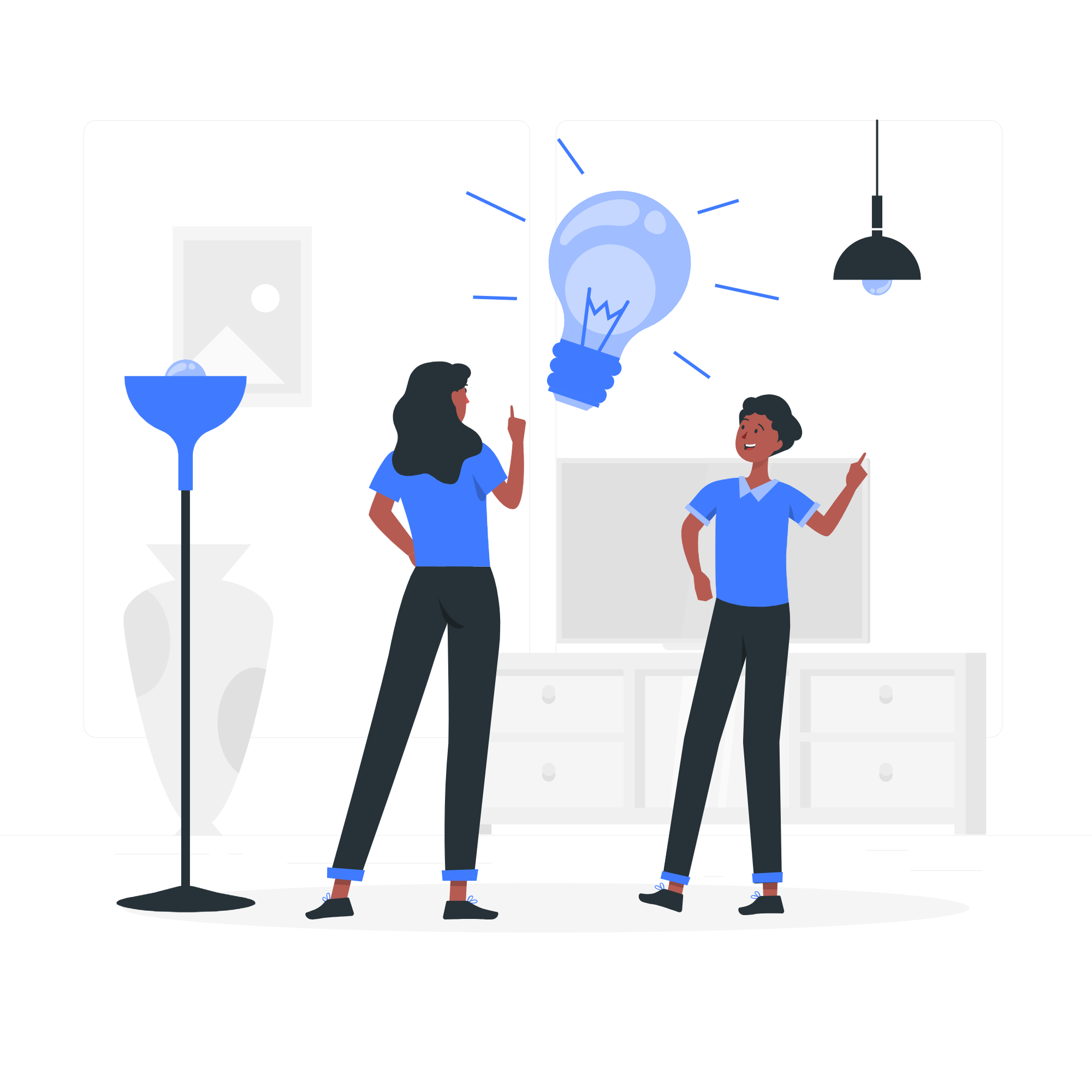In the competitive world of online business, it’s not enough to have a stunning website with great products or services. To succeed, you need to understand the psychology of conversion. Conversions are the lifeblood of your digital presence, and they hinge on understanding the intricacies of human behavior. In this article, we’ll delve into five essential aspects of the psychology of conversion that will help you boost your website’s performance and, ultimately, your bottom line.
- Social Proof: The Power of Peer Influence
Social proof is a psychological phenomenon where people tend to follow the actions and decisions of others. It’s the reason why we read product reviews, check ratings, and look for testimonials before making a purchase. To leverage this principle, consider adding customer reviews, star ratings, or endorsements from influential figures on your website. Real-life success stories from your satisfied customers can help build trust and nudge potential buyers toward conversion.

- Scarcity: The Fear of Missing Out
Scarcity taps into the fear of missing out (FOMO), a potent motivator for action. Limited-time offers, countdown timers, and stock availability notices can create a sense of urgency that compels visitors to convert. When people believe they might lose out on something valuable, they’re more likely to take action immediately. Use scarcity wisely to encourage conversions without resorting to manipulative tactics.
Would you like to learn about hot new disruptive startups, and how they challenge the incumbents?
Read our free newsletter with in-depth analysis of disruptive startups, and how they ramp up against the competition.
- Cognitive Biases: How the Brain Skews Decisions
The human brain is susceptible to various cognitive biases, and understanding them can be a game-changer for conversion optimization. For instance, the confirmation bias makes people more likely to convert when information aligns with their preconceived notions. Anchoring bias can be used to frame prices, making them seem more reasonable. By recognizing and leveraging these biases, you can tailor your messaging and design to align with your visitors’ cognitive processes and boost conversions.
- Persuasive Design: Guiding Users to Conversion
A well-crafted user experience can significantly impact your conversion rates. The use of persuasive design principles, such as clear and compelling call-to-action buttons, intuitive navigation, and attention-grabbing visuals, can guide users through your website, keeping them engaged and encouraging them to convert. The layout, color choices, and content placement can all be optimized to trigger desired actions from your visitors.
- Loss Aversion: The Pain of Missing Out
Loss aversion is a psychological phenomenon where people are more motivated to avoid losses than to achieve equivalent gains. In the context of conversion, this principle suggests that you can increase conversions by highlighting what visitors stand to lose by not converting. Emphasize the benefits, savings, or opportunities they’ll miss if they don’t take action. Make the potential loss more salient than the effort required for conversion.

Conclusion
The psychology of conversion is a powerful tool that can make a substantial difference in your online business’s success. By understanding and effectively applying principles such as social proof, scarcity, cognitive biases, persuasive design, and loss aversion, you can create a website that resonates with your visitors and converts them into loyal customers.
Remember, ethical and customer-centric use of these psychological insights is key. When used responsibly, they not only boost your conversion rates but also enhance your brand’s credibility and trustworthiness. Conversion optimization is a continuous process, and by continually analyzing and optimizing your website’s elements, you’ll be well on your way to achieving higher conversions and business growth.

